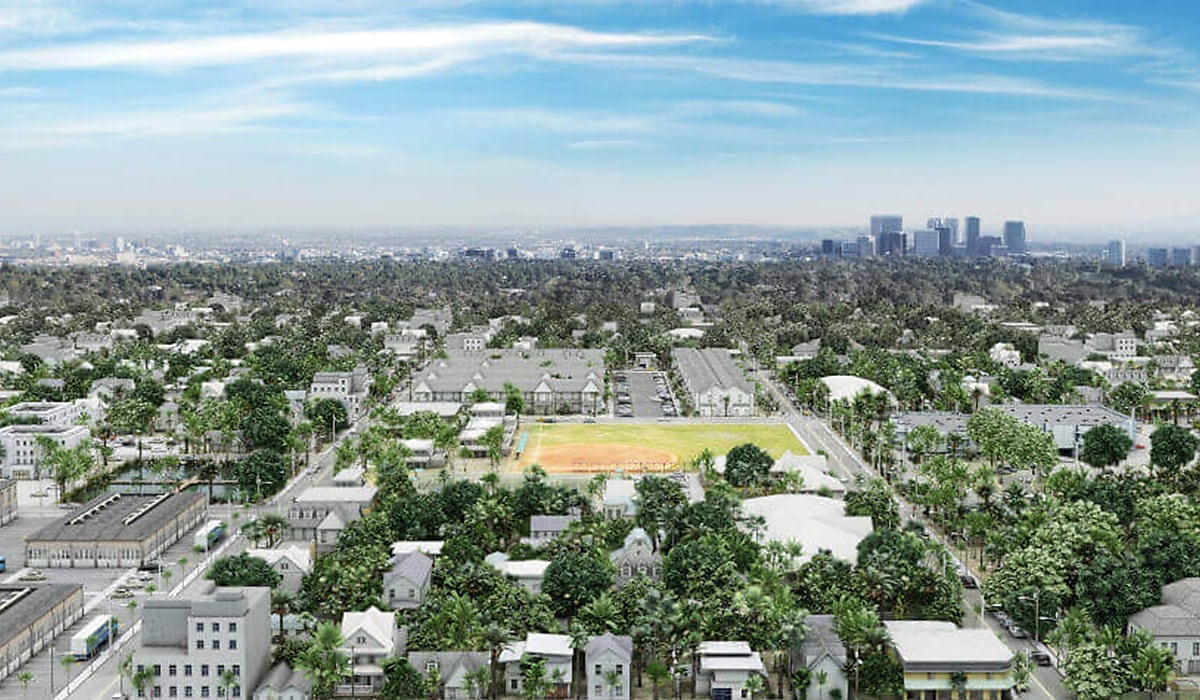Rate cuts to bring stability to residential market in 2023: HTW
Despite confidence surrounding the housing sector taking a hit from rate hikes in 2022, Herron Todd White (HTW) is optimistic that rate cuts during the second half of 2023 will bring increased stability to the market.

In its latest Monthly Review, Kevin Brogan, the national director of group risk and compliance, said that confidence that existed in 2022 due to high household saving ratios has been eroded by increasing interest rates and inflation.
“As we start the new year, the cash rate in January is at 3.10 per cent which is the highest it has been for 10 years. Eight consecutive increases in 2022 combined to deliver the largest annual increase in the cash rate since 1989,” he stated.
While some markets have shown resilience in the face of the RBA’s monetary policy tightening, Mr Brogan expects most will succumb to these combined pressures.
“The residential property market in 2023 is expected to be characterised by a continued reduction in transaction activity and downward pressure on prices for at least the first half of the year,” he stated.
He emphasised that the single biggest influence on the residential property market is likely to be interest rates.
“What happens next will have a significant influence on the residential property market in 2023,” Mr Brogan said.
As the country’s inflation rate continues to be significantly higher than the RBA’s target inflation rate of 2–3 per cent during the fourth quarter of 2022, Mr Brogan predicts that the RBA will continue to increase the cash rate in March.
Mr Brogan said that while higher interest rates were expected to create challenges for borrowers in 2023, there were still mitigating factors to the downward pressures faced by the market.
“Many households were able to build reserves during COVID-19 and the employment market is still strong,” he said.
Although workers are returning to cities, he highlighted the option to work remotely is “here to stay” for many office workers.
“Some fringe and regional markets are showing resilience as they are still attractive to buyers from metropolitan areas who find available properties relatively affordable,” he explained.
“In locations where there is a restricted supply, this can partially offset a decline in demand.”
He also highlighted that while inflation ballooned to a 30-year high at the end of 2022, there are signs that the RBA’s rate hike cycle is beginning to bite.
“The signs of slowing activity and decreasing prices in the residential property market and of a slowing in construction cost escalation are indicators that cash rate increases are having some success in bringing inflation down,” he concluded.
“Once inflation and consequently interest rates peak, greater certainty and consumer confidence should bring greater stability to the residential property market in the second half of the year.”
Which markets are rising and declining?
The report from HTW showed the house markets that are at the peak of their property price cycle included Albany; Alice Springs; Bathurst; Broome; Canberra; Darwin; Dubbo; Mildura; Mount Gambier; Newcastle; Shepparton; South West, Western Australia; Tamworth; and Toowoomba.
Rising house markets included Emerald, Esperance, Karratha, Rockhampton, the Southern Tablelands, Townsville and Whitsunday, while house markets approaching their peak included Bundaberg, Cairns, Fraser Coast, Geraldton, Gladstone, Kalgoorlie, Mackay, Perth, and Port Hedland.
Adelaide, Adelaide Hills, Albury, Barossa Valley, Burnie/Devonport, Central Coast, Coffs Harbour, Gold Coast, Launceston, Melbourne, Sunshine Coast, and Wodonga were named as house markets that were starting to decline.
Declining house markets — or areas where house prices are already falling — included Ballina/Byron Bay, Brisbane, Geelong, Hobart, Illawarra, Ipswich, Lismore, Southern Highlands and Sydney.
For the unit sector, markets identified to be at their peak included Albany; Alice Springs; Bathurst; Brisbane; Burnie/Devonport; Mildura; Mount Gambier; Newcastle; Shepparton; South West, Western Australia; Tamworth; and Toowoomba.
Unit markets starting to decline included Adelaide, Adelaide Hills, Albury, Barossa Valley, Central Coast, Coffs Harbour, Gold Coast, Ipswich, Launceston, Melbourne, Sunshine Coast and Wodonga while markets where prices are already falling included Ballina/Byron Bay, Canberra, Geelong, Hobart, Illawarra, Lismore, the Southern Highlands, and Sydney.
Rising unit markets included Cairns, Darwin, Dubbo, Emerald, Esperance, Geraldton, Karratha, Mount Gambier, Rockhampton, Townsville and Whitsunday while unit markets approaching their peak included Broome, Bundaberg, Fraser Coast, Gladstone, Kalgoorlie, Mackay, Perth, and Port Hedland.
Southern Tablelands was the only unit market categorised under ‘start of recovery’.
